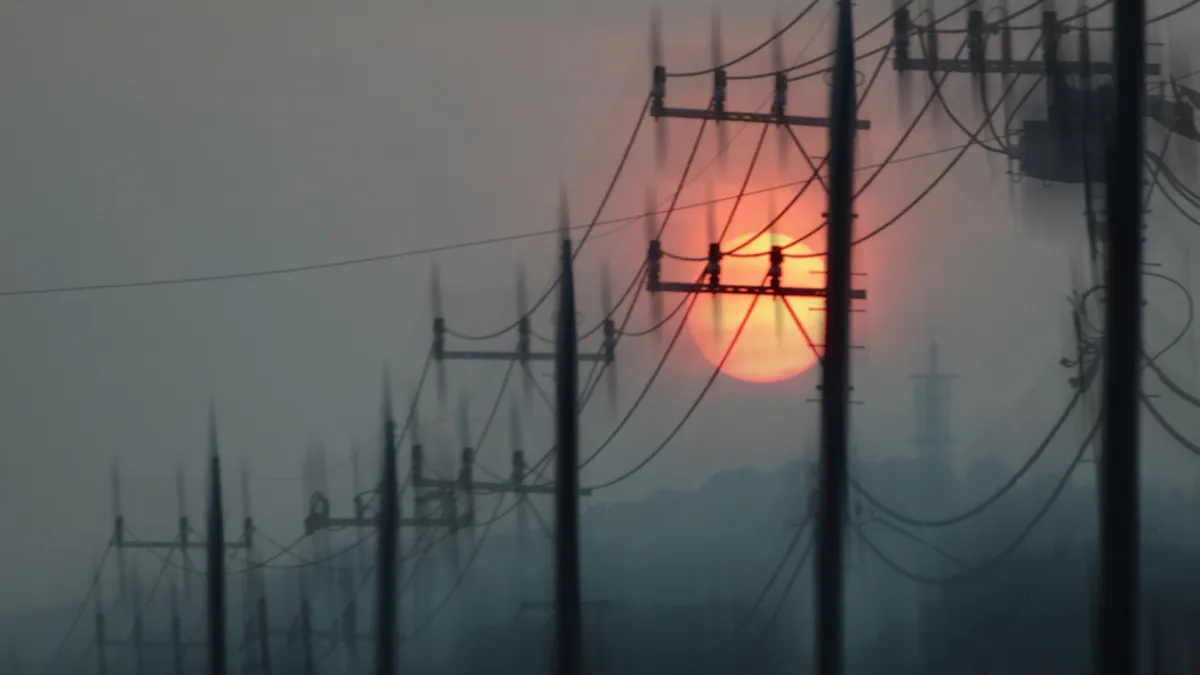Dive Brief:
- An analysis of industry data conducted by the Associated Press found power outages related to extreme weather are on the rise; and while improvements are in the works, it is difficult to know if an electric distribution system will stand up to large storms or other weather events.
- AP said it largely used the methodology developed by Climate Central, which last year determined annual weather-related power outages doubled between 2003 and 2012.
- AP said that "fragmented data collection" has made it hard to assess whether utilities have done enough to guard againt extreme weather scenarios, as many utilities do not provide regulators with data on outage lengths and frequency.
Dive Insight:
The Associated Press has used methodology from Climate Cenral, paired with industry outage data, to conclude that extreme weather is a growing threat to the United States' power grid. From hurricanes to wildfires and drought, the power distribution system is increasingly vulnerable to extreme weather — which by some estimates causes 80% of all outages.
AP spoke with Consolidated Edison, which said it is spending $1 billion to toughen its delivery system. "It was clear to us that weather patterns were changing fundamentally. Severe weather events were becoming more frequent and devastating," Allan Drury, a Con Ed spokesman, told AP.
But it remains unclear if billions in utility investment will pay off. AP pointed out that spotty reporting data makes it difficult to assess results. And in some areas, damaged but repaired equipment is simply susceptible to the next story. Seven substations flooded in Hurricane Katrina have been repaired by Coast Electric Power Association, but because of their location they are "just as vulnerable to catastrophic hurricanes."
Last year's report by Climate Central identified Michigan as the state with the most outages from 2003 to 2012. The state saw 71 major power outages affecting an average 800,000 customers in the state annually. Texas and Ohio followed, each with more than 50 major outages. On average, 15 million homes or businesses lost power for at least an hour each year during that span due to the weather.
Climate change is expected to exacerbate severe weather events, and result in rising sea levels that could severely threaten coastal grids and generation. A report released late last year from the Union of Concerned Scientists found that a large share of grid infrastructure critical to providing power to 70 million coastal residents in the U.S. is already vulnerable to severe weather and that "even more electricity infrastructure stands to be exposed, and to increasing floodwater depths, as seas continue to rise and drive storm surge higher.”














